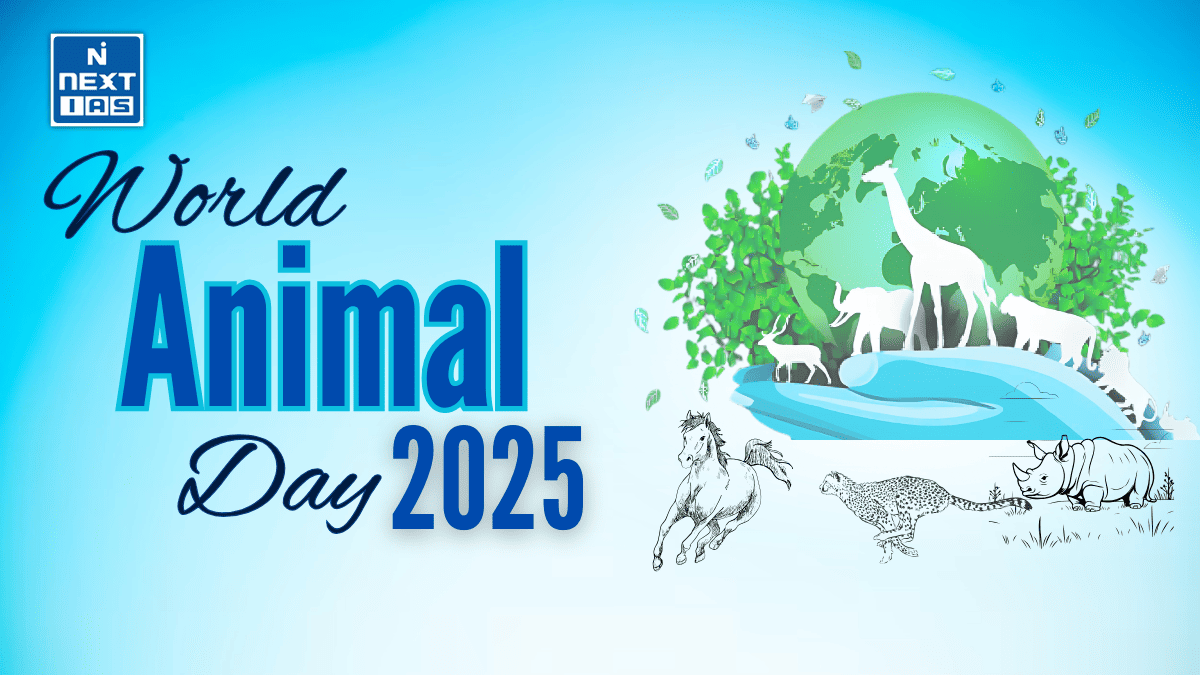
Hiroshima Day, which falls on the 6th of August, should be recognized as the day of remembrance for the atomic bombing of Hiroshima in 1945 and in recognition of victims of nuclear-as-a means to reiterate the requirement of global nuclear disarmament.
About Hiroshima Day
- Hiroshima Day is commemorated every year on August 6, marking the anniversary of the atomic bombing of Hiroshima in 1945, an event of great significance and catastrophe during World War II.
- In the morning, the American B-29 bomber “Enola Gay” dropped the atomic bomb “Little Boy” on Hiroshima, killing about 130,000 people instantly, with gradual deaths from injuries and radiation sickness approaching 140,000 by the end of that year.
- The city had been almost completely razed, and survivors—known as hibakusha—endured long-term health impacts, social stigma, and psychological trauma.
- Hiroshima Day is worldwide recognized as a day for commemorating all victims and reflecting on the catastrophic consequences of nuclear warfare.
- Memorial ceremonies, silent vigils, and lantern-floating ceremonies occur worldwide, always being in tandem with calls for nuclear disarmament and world peace; hence the determination of humankind in preventing such travesties ever again.
Historical Background of Hiroshima Day
- The atomic bomb dropped upon the Japanese city of Hiroshima on August 6, 1945, during the winding-down of the Second World War.
- At 8:15 a.m. Local time, the B-29 bomber called Enola Gay carried out the mission.
- This horrendous incident serves as a signifier for the first use of nuclear weapons in warfare, killing immediately about 130,000 people, with tens of thousands more dying during the months that followed due to injuries and radiation sickness.
- The bomb destroyed a large part of the city and gave rise to long-term health hazards as well as environmental consequences.
- The bombing of Hiroshima continued by way of another atomic bombing, this on Nagasaki, three days later.
- These bombings were largely responsible for Japan’s surrender and the consequent cessation of World War II.
- The tragedy of Hiroshima still influences global debates about peace and disarmament as the ominous reminder of the terrifying power of nuclear weapons.
Human Consequences of Hiroshima Day
- The human consequences of Hiroshima Day are very deep as well as enduring, showing the unfathomable ill effects of nuclear warfare on civilians.
- An estimated 130,000 souls died during the infernal heat or blast injuries on that fateful day due to the atomic bombing of Hiroshima on the morning of August 6, 1945-their deaths occurring instantly or within the first few months.
- Survivors-the hibakusha-have suffered from serious burns, chronic diseases, radiation sickness, cancer, genetic disorders, and much more for generations to come.
- In addition to being physically scarred, the pathology was devastating; the hibakusha bore tremendous psychological scars and survived a lifetime of distress, survivor guilt, and social discrimination, especially in Japanese society.
- Destruction of infrastructure further aggravated the plight of survivors, who were left homeless and with a scarcity of basic needs such as food, water, and medical care.
- Therefore, as the nuclear scientists term it, it is an account of war studies and history, since both sides will argue the human cost of Hiroshima, and worldwide calls will be made for nuclear disarmament so that no more people endure the horrors suffered in Hiroshima.
Commemoration and Memorials of Hiroshima Day
- Hiroshima Day is somberly observed worldwide on August 6 through memorials and ceremonies.
- The central venue is the Hiroshima Peace Memorial Park; there the iconic Atomic Bomb Dome, as preserved after the blast, forms a stark reminder against nuclear warfare.
- The ceremony generally shakes with a moment of silence at 8:15 a.m., the exact time of the bombing. Thousands gather to pray, release paper lanterns down rivers, and listen to speeches advocating for peace and nuclear disarmament.
- The Children’s Peace Monument, inspired by Sadako Sasaki, and the Peace Memorial Museum create space for further learning and reflection through exhibits of artifacts and witness tales from survivors.
- Annual events and memorials also stand in remembrance of the victims and impel collective remembrance, healing, and a global resolve for a world free of nuclear weapons.
Themes and Messages of Hiroshima Day 2025
- The themes and messages of Hiroshima Day 2025 emphasize fervently the call for the abolishment of nuclear weapons and the global commitment to peace.
- Yet it also stands as a grim reminder of the horrendous human and environmental cost of nuclear warfare, as seen in the annihilation of Hiroshima and Nagasaki.
- In the heart of the messages of disarmament lies the need not for repeating the very horror of atomic bombings, for remembering those who were victims and survivors who, even after nearly 60 years, continue to carry that burden physically and mentally.
- Hiroshima Day is for building solidarity among states and communities working for nonviolence, diplomacy, and education on the dangers of nuclear proliferation.
- It also pays tribute to the indomitable spirit of survivors, or hibakusha, whose accounts are a rallying cry for anti-nuclear initiatives across the globe.
- Finally, the day seeks to strengthen humanity’s shared responsibility in realizing a more peaceful, just, sustainable, and nuclear shadow-free existence.
Way Forward
As the Hiroshima Day 2025 dawns upon us, let us bear in mind the great human toll that nuclear war brought and pledge once more for peace. May this solemn anniversary act as the motive force for the world to reject nuclear weapons and come together for a future founded on compassion, understanding, and a common determination never to have that tragedy repeated.
Conclusion
Hiroshima Day 2025 closes with solemn reaffirmations of peace, nuclear disarmament, and goodwill toward the remembrance of atomic bombing victims. It calls for the world to unite so that the horrors of nuclear warfare shall never set foot in the world again, keeping the tragic history of Hiroshima alive and relevant as a symbol of hope, resilience, and eminent dedication toward building a peaceful and nuclear-free world.
FAQs: Hiroshima Day
What is Hiroshima Peace Day?
Hiroshima Peace Day is observed on August 6th each year to remember the atomic bombing of Hiroshima in 1945, honor the victims, and promote world peace and nuclear disarmament through memorial ceremonies and educational events in Hiroshima Peace Memorial Park.
Why do we celebrate Hiroshima Day?
Hiroshima Day is celebrated to remember the victims of the atomic bombing on August 6, 1945, promote global peace, and warn against the dangers of nuclear weapons. The day encourages reflection on the tragedy and calls for the abolition of nuclear arms to prevent future suffering.
Was Hiroshima or Nagasaki bombed first?
Hiroshima was bombed first. The atomic bomb was dropped on Hiroshima on August 6, 1945, followed by the bombing of Nagasaki three days later, on August 9, 1945.
- Read this article in Hindi: हिरोशिमा दिवस 2025
- Further Reading: Nagasaki Day 2025





